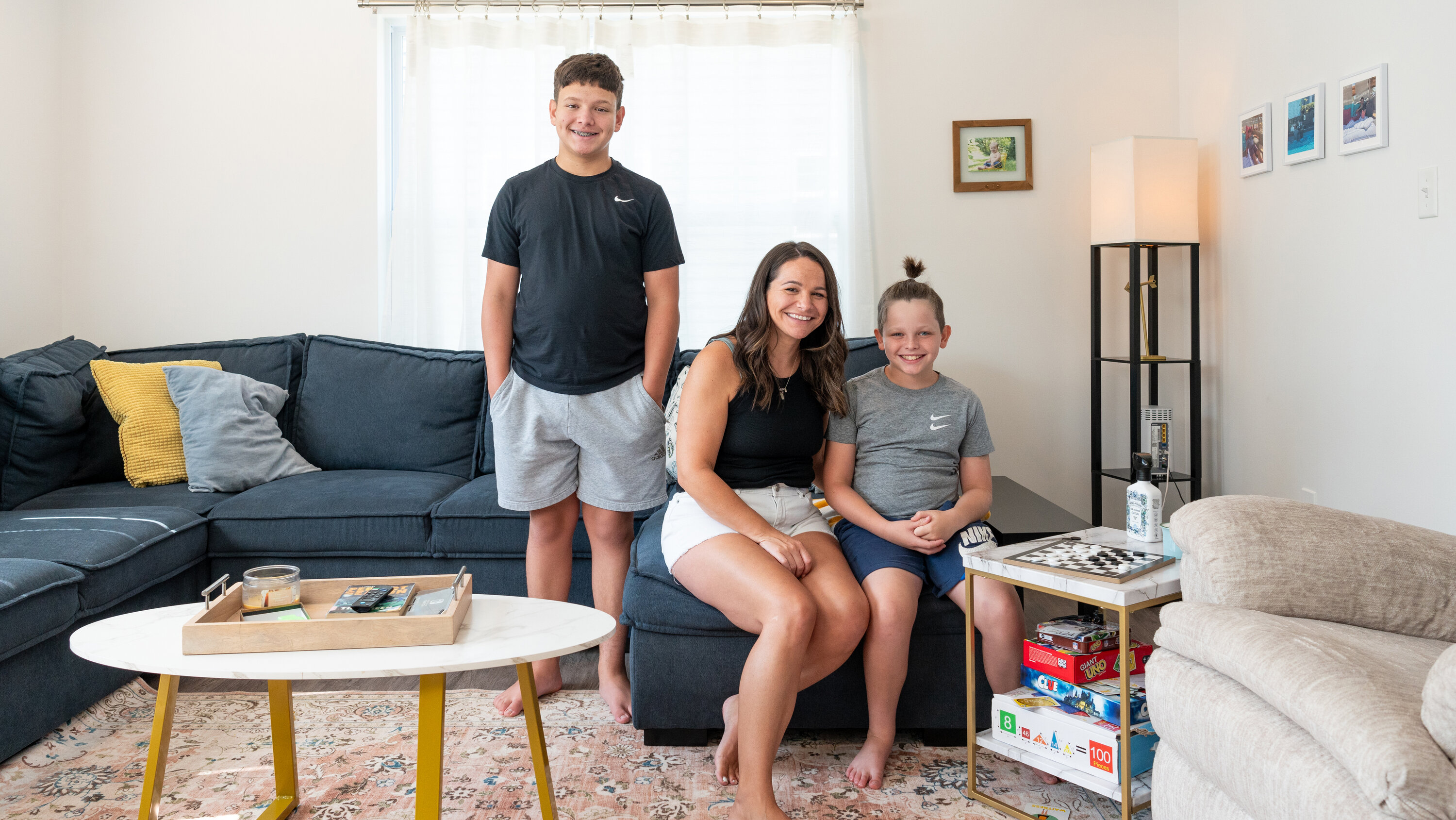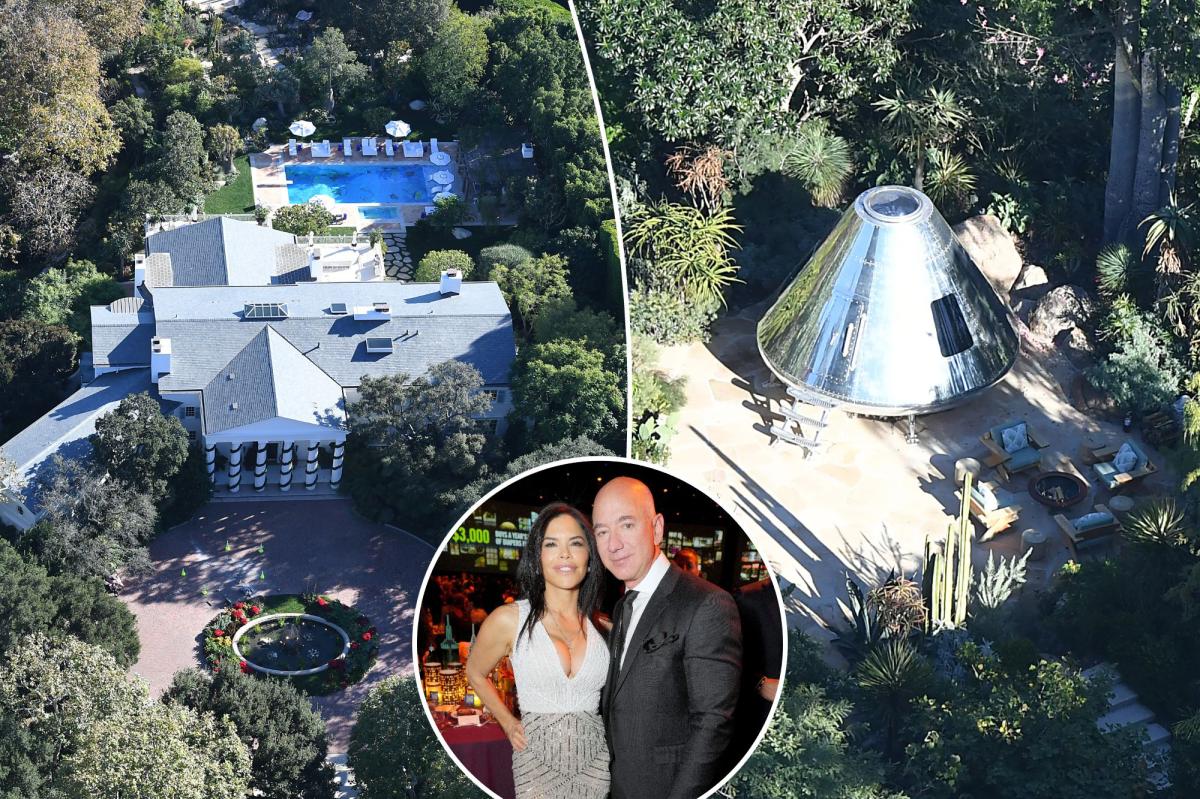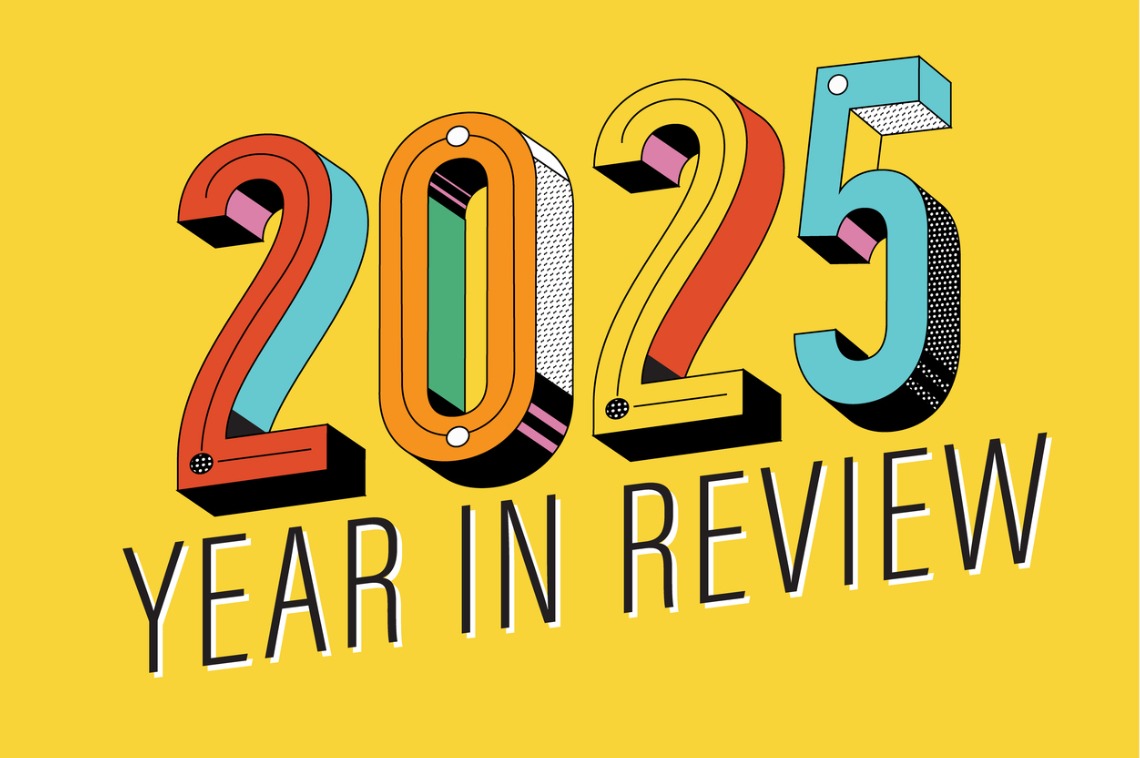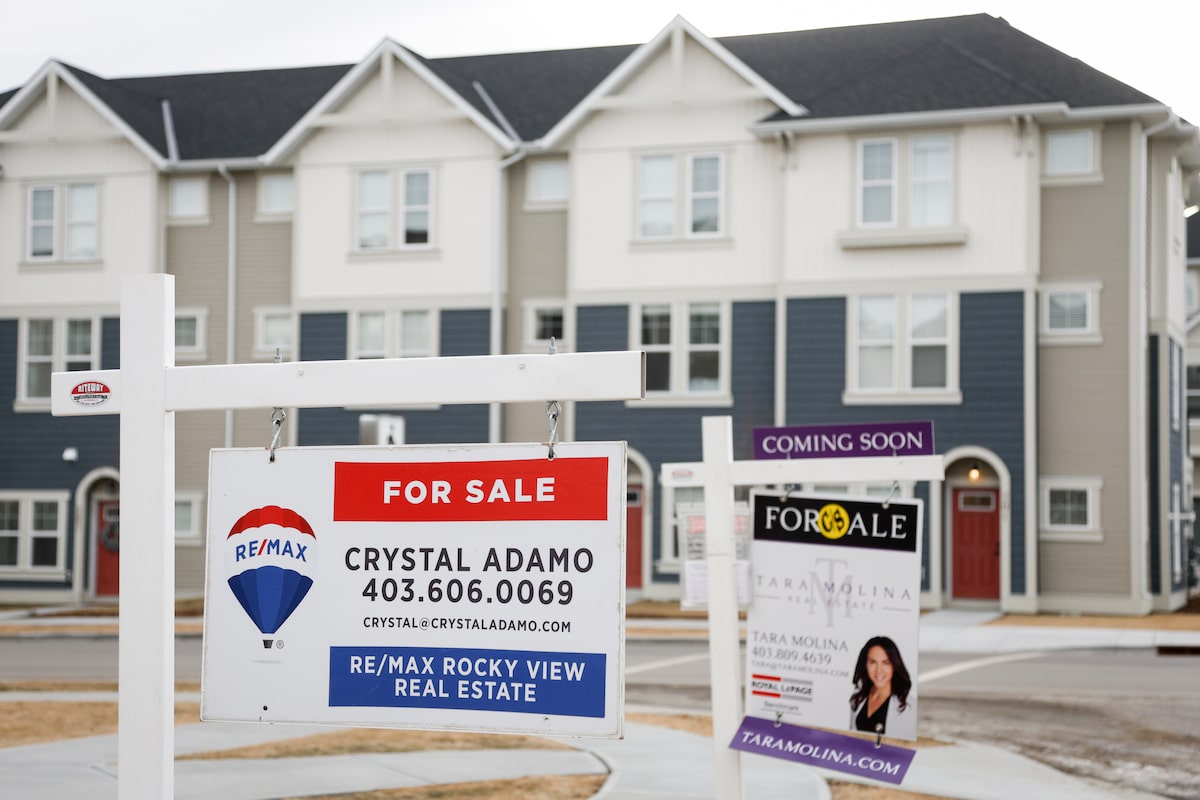H
ere's a rewritten version of your text:
Nancy Andrews for The New York Times
The housing market is complicated right now. Median home prices are at an all-time high, but mortgage rates have fallen to a 15-month low. A major settlement concerning broker commissions is changing how Americans buy and sell real estate.
The New York Times recently updated its rent-versus-buy calculator to help people understand the math. However, the decision to rent or buy is about more than just numbers: it's about neighborhoods, schools, lifestyle, commutes, and guessing what the future might hold.
To get a better picture of the whole situation, we spoke with three families who recently considered buying a home — with budgets ranging from $200,000 to $1.2 million — but also thought about renting.
A Future in Florida
Michael Dean Morgan, 50, and Shana Morgan, 48, had always rented in California, New York City, and New Jersey. They enjoyed dense urban living but also had two teenagers. They looked on Zillow every year but never had enough money for a down payment. Last year, a family member's death left them with more than enough money for that down payment. They were renting a small apartment in Miami, where Ms. Morgan worked as a school administrator and Mr. Morgan taught at the University of Miami (he also works as an actor).
They wanted to own a home to have certainty over their financial future, and their sizable down payment could largely insulate them from high interest rates. Their children were growing up, and they needed room for them. They also liked the idea of having their own pool and garden. "We wanted a place to settle in and really enjoy and live the Miami/Florida life," Ms. Morgan said.
However, they worried about climate change, flooding, and homeowners insurance. They also wondered if home appreciation might slow down in the future.
Option 1: Buy
The Morgans looked at several single-story houses at around $1.2 million in Miami Shores, a charming waterfront village north of downtown Miami, where their daughter could walk or bike to school. All of them came with a pool. Since they could make a large down payment, any mortgage they took out would be manageable. The major recurring costs would be about $24,000 in annual property taxes and at least $6,000 in home insurance, plus any necessary maintenance. They loved the neighborhood but worried about how extreme weather might affect insurance rates in the future. They also wondered if home appreciation might slow.
Option 2: Rent
The Morgans looked at a slightly bigger unit in the same building — two bedrooms plus a den — that would rent for around $4,100 a month, fees included. It was smaller than the houses they were considering but had a wide deck and a view of the ocean. Rents in the area had risen recently, but the couple suspected that trend would cool as inflation did. And if they held onto the down payment money, they could invest it instead. There were two pools onsite, a gym, and parking, but the apartment wasn't in a walkable neighborhood, and storage was limited.
Find out what happened by answering this question: Which Did They Choose?
Room for a Family
Nicholas Casas, 36, and Colette Casas, 37, had never lived anywhere but Chicago. They'd spent time in a few different neighborhoods on the South Side, and they loved it.
By 2023, though, they were ready to start a family and knew that their rental wouldn't be big enough. Both work in higher education and had managed to save for a down payment, in large part thanks to federal loan forgiveness.
With a budget of around $200,000 and cash for a down payment of less than 10 percent, buying on the South Side felt out of reach. One option was to rent a two-bedroom home in the area — the average two-bedroom in Chicago rents for about $2,000 to $3,000 a month — though they were looking on the cheaper side — and hold on to the down payment money and keep saving.
Or, they could buy a house in Hammond, Ind., a commuter town on the Indiana-Illinois border, some 20 miles southeast. Their budget put them slightly above the median home price in the area, around $170,000 according to Zillow. Both their jobs were in Indiana, so it would ease their commute, but it would mean leaving the place they knew and loved best.
Option 1: Buy
The couple looked at houses with two bedrooms and one bath in the south part of Hammond, close to the expressway that led into Chicago. Most were a little over 1,000 square feet. They were targeting monthly payments — mortgage, taxes, and insurance — of about $1,500. Indiana has a cap on property taxes, which would limit their rate to no more than 1 percent of the home value. That left room in the budget for central air, outdoor space, and a garage — all big pluses. But they would have to suffer through the complex buying process (they describe themselves as worriers) and give up on living in Chicago. And they knew maintenance costs on an older house could eat into their budget for years.
Option 2: Rent
The couple considered rentals with the space they needed in Bridgeport, the Chicago neighborhood where Ms. Casas grew up. The two-bedroom, one-bath homes they looked at were also around 1,000 square feet and renting for about $2,000 a month. Most of the rentals had no parking or central air. But they liked the idea of being near friends and family, in a familiar neighborhood, without the hassles and worries that come with buying and maintaining a home. And despite the growing popularity of the South Side, they'd had modest rent increases in recent years and weren't too worried about bigger ones.
Find out what happened by answering this question: Which Did They Choose?
Staying in the School District
Kristen Poole, a 37-year-old traveling nurse based in Pittsburgh, was renting a townhouse on a cul-de-sac for around $2,600 a month. The home had three bedrooms, a finished basement, and a deck — plenty of room for her and her two children.
The friendly neighbors and shared pool made it feel like a "middle-aged retirement home," she said.
But when her lease renewal came up last year, buying was on her mind. New developments of single-family homes were going up essentially next door. She'd been a homeowner once and missed the surety of having her own place, and all the extra space.
To get a townhouse in the area similar to her rental, though, she estimated that her monthly mortgage would have to be significantly higher than her current rent. That was too much, considering her other expenses, including childcare.
So with a budget of up to $375,000, she started looking for a deal with a monthly mortgage cost no higher than $2,200. Over the long run, that could make more financial sense than renting. But one of her biggest priorities, and limitations, was to ensure she could stay in the same school district for her children, ages 10 and 12. She'd chosen it carefully during the pandemic and didn't want to move them again.
Option 1: Buy
The houses in her budget were mostly single-family homes with three or four bedrooms and a yard. Many had an acre of land or more, and the outdoor space was a huge draw, especially for the children. The houses were typically older and needed some work, and while taxes seemed reasonable — around $6,500 a year — she worried about maintenance costs and higher energy bills that came with heating and cooling a leaky old building. Even with a low mortgage, her total monthly costs might surpass her current rent. Still, it would lock her into the school district, and she could save some money in the long run as the house appreciated.
Option 2: Rent
Ms. Poole considered renting again, but this time she wanted to stay in the same school district. Her last two rent increases had been $100 a month or less. Her older child had made the basement his own space, so she had an extra bedroom for guests. The apartment was modern and energy efficient, and she had a gympic.twitter.com/pics to answer this question: Which Did They Choose: Which Did They Choose: Which Did They chose: Which Did They chose: They chose: They chose: They chose: They chose: They chose: They chose: They chose: They chose: They chose: They chose: They chose: They chose: They chose: They chose: They chose: They chose: They chose: They chose: They chose: They chose: They chose: They chose: They chose: They chose: They chose: They chose: They chose: They chose: They chose: They chose: They chose: They chose: They chose: They chose: They chose: They chose: They chose: They chose: They chose: They chose: They chose: They chose: They chose: They chose: They chose: They chose: They chose: They chose: They chose: They chose: They chose: They chose: They chose: They chose: They chose: They chose: They chose: They chose: They chose: They chose: They chose: They chose: They chose: They chose: They chose: They chose: They chose: They chose: They chose: They chose: They chose: They chose: They chose: They chose:They chose:They chose: They chose:They chose:They chose:They chose:They were:They were:They were:They were:They were:They were:They were:They chose:They were:They were:They were:They were:They were:They were:They were:They were:They are:They are:They are:They are:Theyre:Theyre:They were:They:They:They:They:They are:They:They:They:They:They:They:They:They:They:They:














